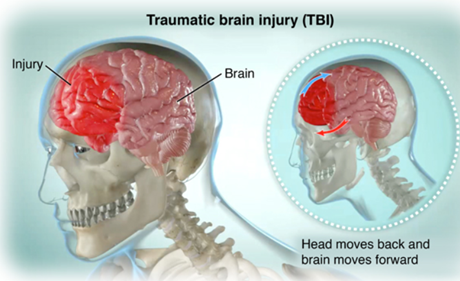Dodging cars: Challenging the MUTCD’s inadequate consideration of pedestrian safety.
The Manual on Uniform Traffic Control Devices (MUTCD) not only governs roadway signing, striping and signalization across the country, it’s the law in Washington, requiring compliance by cities, counties, and even the State. The primary goal – uniformity. All stop signs are red and octagonal. No surprises when entering a new municipality.
Pro: The MUTCD is based on decades of experience, as well as the expertise of thousands of transportation engineers.
Con: Pedestrians crossing the street are at risk, given inadequate MUTCD traffic warrants. (See Jessica Wehrman, “A traffic manual ‘to fall asleep by’ stirs road rage, and former Mayor McGinn gets involved”, The Seattle Times, April 6, 2021; Don Kostelec, “How the MUTCD Creates Unsafe Conditions for People Just Trying to Access Food”, (https://americawalks.org/how-the-mutcd-creates-unsafe-conditions-for-people-trying-to-access-food/).
Pedestrians confronted with the task of crossing an unsignalized street face the dilemma of either walking well out of their way to access a signalized intersection rather than trying to cross five busy lanes of traffic, or risk serious injury or death attempting that crossing -- with or without a marked crosswalk. An MUTCD Pedestrian Volume Signal Warrant requires traffic volume on a major street be “so heavy that pedestrians experience excessive delay in crossing the major street.” (MUTCD, 4C.05).
The most recent version of the MUTCD was published in 2009. Much has happened such then in terms of modes of transportation and pedestrian safety. The Manual is currently under review, and the proposed 11th Edition can be accessed at Federal Register :: National Standards for Traffic Control Devices; the Manual on Uniform Traffic Control Devices for Streets and Highways; Revision. The FHWA is open for comments through May 14, 2021 (Nancy.Singer@dot.gov). Frankly, the Manual ought to focus on giving far more consideration to the safety of the pedestrian lawfully crossing a busy street, and eliminating municipalities’ strict adherence to a minimum threshold number of injuries and close calls as an excuse for operating an unsafe crossing area.
A solar-powered pedestrian-actuated flashing signal interrupts car traffic only when someone needs to cross, and otherwise provides a green light 24/7. It costs as little as $7,000 – half the price of a Ford Fiesta.
By contrast, pedestrian brain injuries cost unthinkable amounts to the survivors, their families, and to our society.
The pedestrian safety advocates have this one right. Dodging cars is clearly not a sport.
* * * * * *
For an overview of Stritmatter Kessler Koehler Moore coverage of other Highway Design issues, go to www.keithkesslerlaw.com and www.stritmatter.com.






